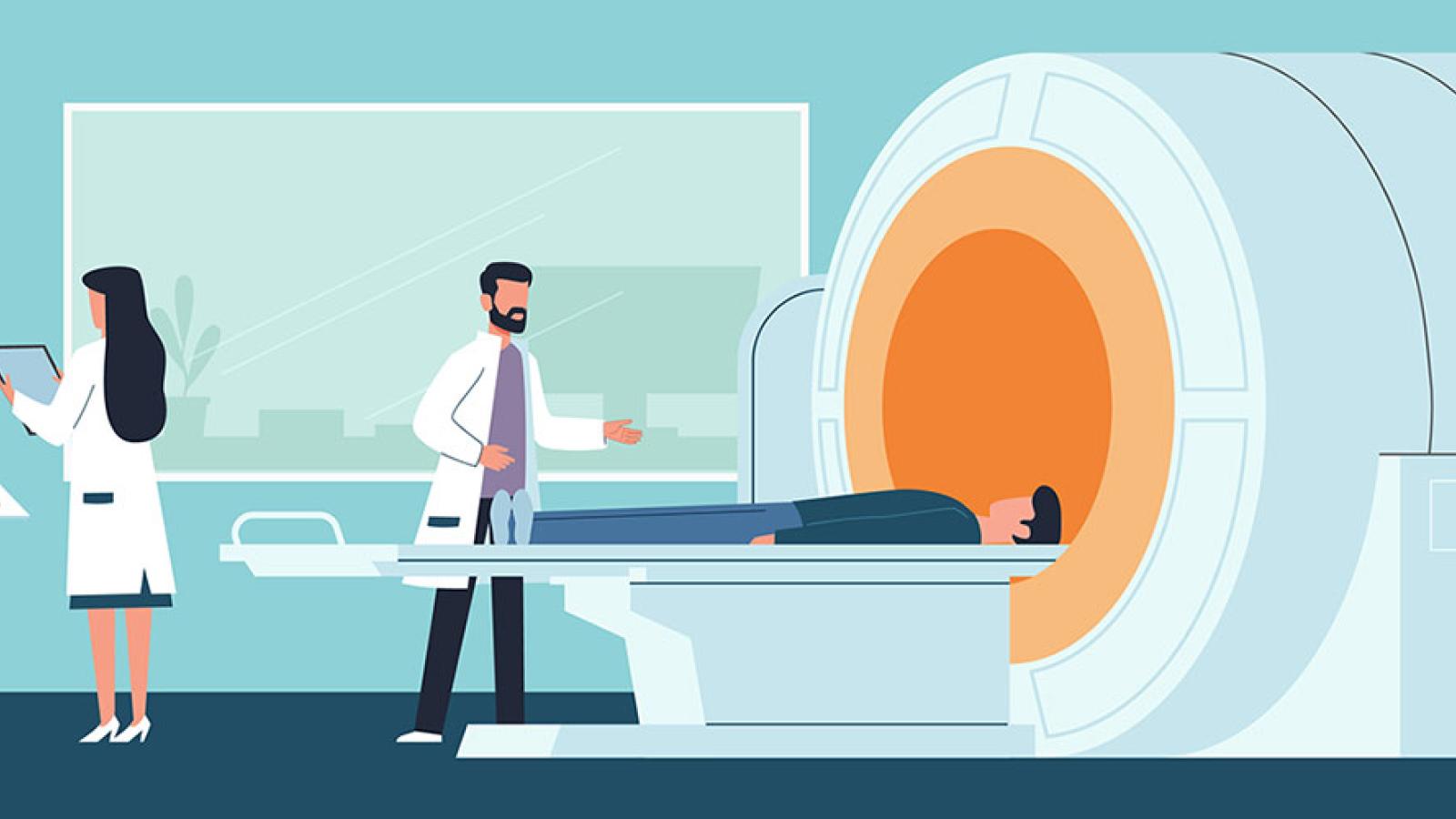There are more than six million people in America living with Alzheimer’s disease. In less than thirty years, this number is expected to reach thirteen million (Alzheimer’s Association). If more and more people are being affected by Alzheimer’s, what strides are being made toward a cure? Current Alzheimer’s treatments include Galantamine, Rivastigmine, and Donepezil, which are cholinesterase inhibitors, meaning they inhibit the breakdown of acetylcholine, a neurotransmitter that is critical to memory and thinking. These medications aim to control and lessen the cognitive decline in Alzheimer’s patients. However, as symptoms of Alzheimer’s progress, the brain naturally produces less acetylcholine, so these drugs have the potential to lose their effectiveness over time.
In recent years, experts have been searching for more effective treatments by tackling the underlying causes of Alzheimer’s, rather than only addressing the symptoms. In June 2021, Aducanumab, the first Alzheimer’s disease-modifying drug, was approved by the FDA. It works by removing beta-amyloid plaques that accumulate and contribute to cell death and tissue damage in areas of the brain critical to memory. Since amyloid plaques build up early on in the disease, Aducanumab was studied and tested only on those living with early dementia and Alzheimer’s symptoms. Aducanumab is administered every 4-6 weeks by an intravenous infusion. Although the success (and lack thereof) in clinical trials was surrounded by much controversy, the FDA gave accelerated approval for Aducanumab due to its ability to reduce the buildup of amyloid plaques in the brain, which is one of the hallmarks of the disease. However, simply reducing the amount of plaque in the brain will not solve the problem. Dr. Daniel Alkon, who ran a NIH neuroscience lab for thirty years, stated that “for a long time, the amyloid hypothesis was conventional wisdom, so much so that other innovative approaches were discouraged in terms of grants awarded and articles published in high-profile journals” (Silberner, 2023). Although removing amyloid plaques from the brain can show success in some patients, it has not been successful in curing Alzheimer’s.
In addition to reducing amyloid plaques, another key component to discovering a successful Alzheimer’s treatment is preventing tau from tangling. Tau is a protein in the brain that stabilizes the internal skeleton of nerve cells. It has a tube structure that delivers vital nutrients to the nerve cells (Alzheimer’s Association). In Alzheimer’s, an abnormal form of tau builds up, and when in the nerve cells, these abnormal proteins stick to one another and create tau tangles. Similar to the buildup of amyloid plaques, the buildup of tau tangles results in a decline in memory and the ability to think clearly. According to Sarah DeVos, a senior scientist at Denali Therapeutics, “tau aggregation is directly correlated to cognitive decline” (Hamilton, 2021). Only recently have doctors been able to identify both tau tangles and beta-amyloid plaque build ups using PET scans and examining samples of the fluid that surrounds the brain, cerebrospinal fluid (CSF). Before, these tests were only able to be done once the patient had passed away (Alzheimer’s Association). A study at the Mayo Clinic in Minnesota is using both of these imaging methods to correlate brain health and memory with buildups of these proteins in the brain (Alzheimer’s Association).
The future for treatment looks promising as a new trial at MIT investigates gamma waves in the brains of Alzheimer’s patients. Research showed that by increasing gamma waves in the brain, the disease could potentially be slowed down. Li-Huei Tsai, a neuroscience professor at MIT said, “This is completely noninvasive and could really change the way Alzheimer’s disease is treated” (Hamilton, 2021). Finally, a lab at the Center for Translational Research in Neurodegenerative Disease at the University of Florida is studying the link between immune cells and their inability to function correctly in the brain of Alzheimer’s patients (Hamilton, 2021). With new methods of detecting protein buildups in the brain, the first disease modifying Alzheimer’s drug approved, and several other strategies, scientists are hopeful for more widespread treatment options for people suffering from Alzheimer’s disease.





